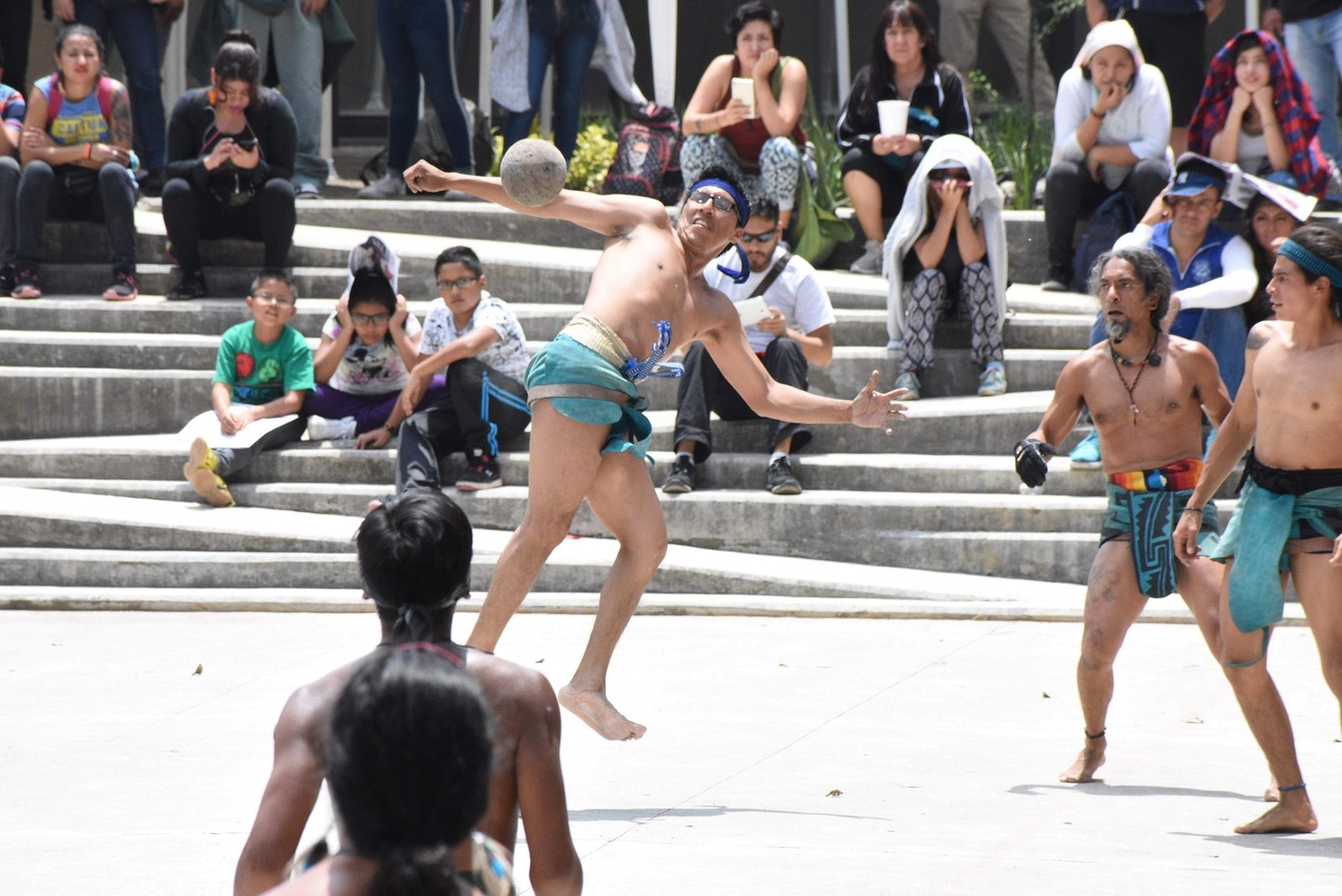Burned human remains found in the ruins of a Mayan city have led to a new theory about the ancient civilization’s death rites.
According to an archaeologist, some Mayan rulers may have been burned, and their ashes were mixed with rubber to make the balls used in the game of pelota.
Archaeologist Juan Yadeun Angulo came up with this hypothesis after finding urns containing human ashes, rubber, and roots in a Mayan temple in Mexico.

Pelota is one of the oldest team sports. The pelota ball is usually made of leather or rubber, filled with a wooden core and several layers of cloth or latex.
Yadeun Angulo, an archaeologist at Mexico’s National Institute of Anthropology and History “Instituto Nacional de Antropología e Historia” (INAH), has examined a recently uncovered crypt beneath the Temple of the Sun at the Toniná archaeological site in southern Mexico.
Archaeologists found four hundred urns in the underground crypt and its antechamber containing a mixture of human ashes, charcoal, gum, and plant roots.
Yadeun believes that the crypt was used to burn the bodies of the dead in a religious ritual. According to the theory, the ashes were mixed with other organic materials to make the heavy balls used in pelota; the team game was played thousands of years ago in Mesoamerica.
According to him, stone carvings at key locations within the ball court provide evidence to support his theory.
According to the theory, the stone carvings indicate that three rulers, all of whom died between 722 A.D. and 776 A.D., were taken to the “Cave of the Dead” to undergo their “transformation.”
“Just as the Egyptians tried to preserve [the bodies], we know that they were transformed here in a different way,” Yadeun told the Reuters news agency.
The archaeologist believes that the Maya wanted the bodies of their rulers “to be transformed into a life force, something that would stimulate their people” and therefore processed their ashes into the rubber used to make the balls for the game.
“We have evidence that they were incorporated into balls, and in the classical period, these balls were gigantic,” Yadeun explains.
A carved stone disk found at another site in Chiapas points to the size of the pelota ball in the 6th century and how players propelled it with their hips.
With information from Latina Press

